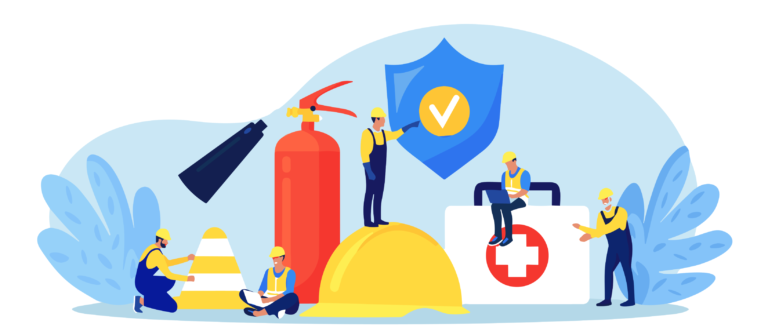
Safety and Emergency in the Workplace: A Comprehensive Overview
Research on workplace safety protocols, emergency preparedness, risk assessment, safety training, employee involvement, and continuous improvement in safety practices.
Abstract:
This article aims to provide a comprehensive overview of safety and emergency protocols in the workplace. It highlights the importance of creating a safe working environment and outlines various measures that can be implemented to prevent accidents and handle emergencies effectively. The content covers key topics such as risk assessment, safety training, emergency response plans, and the role of employees in maintaining a safe workplace. By understanding and implementing these practices, organizations can ensure the well-being of their employees and minimize potential risks.
- Introduction
In today’s fast-paced work environments, ensuring the safety and well-being of employees is of paramount importance. This section introduces the significance of safety and emergency preparedness in the workplace, emphasizing the potential consequences of neglecting these aspects.
- Risk Assessment
A thorough risk assessment is the foundation of any effective safety program. This section discusses the process of identifying potential hazards, evaluating their severity and likelihood, and implementing appropriate control measures. It emphasizes the need for regular reviews and updates to adapt to changing circumstances.
- Safety Training
Proper training plays a crucial role in equipping employees with the knowledge and skills necessary to maintain a safe working environment. This section explores the importance of comprehensive safety training programs, including topics such as hazard recognition, proper equipment usage, and emergency procedures.
- Emergency Response Plans
Having well-defined emergency response plans is essential for minimizing the impact of unforeseen events. This section outlines the key components of an effective emergency response plan, including evacuation procedures, communication protocols, and designated roles and responsibilities.
- Employee Involvement
Creating a culture of safety requires active participation from all employees. This section emphasizes the importance of employee engagement, encouraging them to report hazards, suggest improvements, and actively participate in safety initiatives. It also discusses the role of safety committees and regular safety meetings in fostering a safe work environment.
- Continuous Improvement
Safety and emergency preparedness should be an ongoing process. This section highlights the importance of continuous improvement through regular audits, incident investigations, and feedback mechanisms. It also discusses the benefits of benchmarking against industry best practices.
- Conclusion
In conclusion, prioritizing safety and emergency preparedness in the workplace is crucial for the well-being of employees and the overall success of an organization. By implementing effective risk assessment, safety training, emergency response plans, and fostering employee involvement, organizations can create a safe and secure work environment. Continuous improvement and adherence to industry standards will ensure that safety remains a top priority in the long run.

